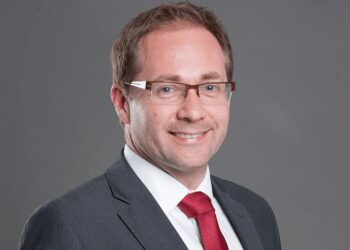Australia’s sovereign wealth fund is to be held to the same level of disclosure obligations as superannuation funds from next year, requiring periodic investment disclosures under new rules announced by the Finance Ministry.
Presently, super fund disclosures stem from the Corporations Amendment (Portfolio Holdings Disclosure) Regulations 2021.
According to Minister for Finance, Katy Gallagher, the new rules will ensure there is more information in the public domain in relation to the investments of the Future Fund.
This will include additional information on funds managed by the $256 billion fund, which include the Disaster Ready Fund, Future Drought Fund, and the Medical Research Future Fund.
“This will include information on the amounts of cash held in financial institutions, the amount and value of shares invested in companies, and the level of investments in properties and infrastructure,” Gallagher explained.
The first report will be published by the end of March 2024, covering investments held by or on behalf of the board as at 31 December 2023. Reporting will be on a biannual basis going forward.
In 2021, a Senate committee report on the proposed disclosure obligations for the Future Fund had recommended the Future Fund be made exempt from disclosing asset prices, aimed at giving government funds the chance to operate on even footing with global markets.
However, Gallagher has reiterated the Labor government’s commitment to “transparency and accountability” in implementing the new rules.
In the year to 30 June 2023, the Future Fund delivered a 6 per cent annual return, below its one-year target of 10 per cent.
It had some 21.8 per cent allocated to global equities, followed by 17 per cent in alternatives, 16.5 per cent in private equity, and 11.2 per cent in cash.
While it had 8.6 per cent allocated to Australian equities, the sovereign wealth fund has since ventured into Australian small-cap investments for the first time, tapping Sydney-based fund manager Maple-Brown Abbott to deliver its investment mandate.
“Throughout the year our research and analysis have concluded that a persistent alpha opportunity exists in the Australian small-cap space, underpinned by a significant information inefficiency,” the Future Fund stated in its FY23 Year in Review.
“Relative to other segments of the domestic equity market, Australian small company stocks have a lower level of analyst coverage, higher dispersion in analyst forecasts and greater forecasting error.”
There have also been calls in recent months to liquidate the fund, to pay down the current $895 billion government debt, which is projected to reach some $923 billion at the end of the 2024 financial year, according to the most recent Commonwealth budget forecast.
However, independent modelling by WTW found that it would cost $200 billion to do so.
“Our analysis suggests that under a scenario whereby the Future Fund is liquidated to pay down government debt, this would come at a median cost (i.e. lost value-add) of around $200 billion over a decade with plausible outcomes around this ranging from approximately break-even at the fifth percentile to a cost of up to $500 billion at the 95th percentile,” WTW said.




